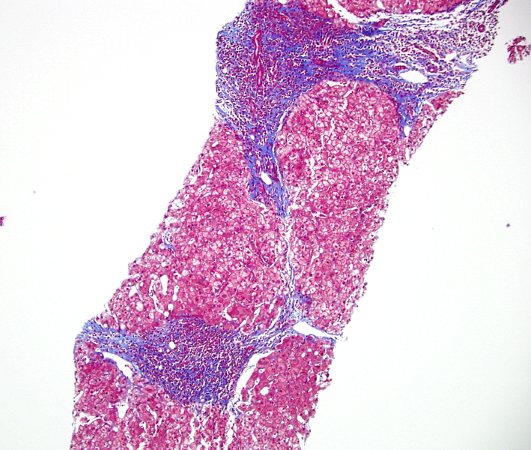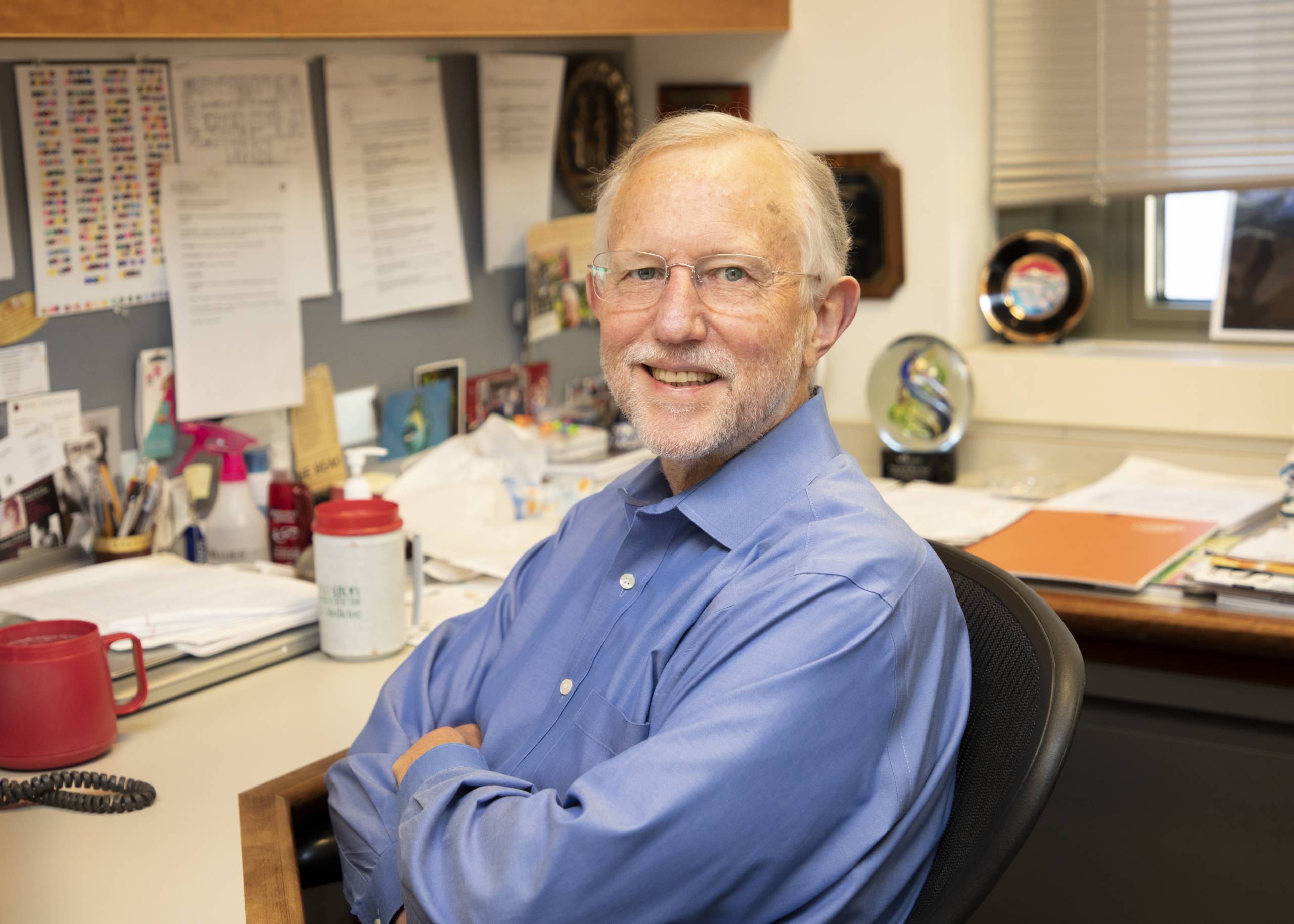Nobel Prize Honors Trio, Including MBL Physiology Alumnus, for Hepatitis C Discovery

The Nobel Prize in Physiology or Medicine was awarded today to three scientists, including one MBL alumnus, “for the discovery of the Hepatitis C virus.” They are Harvey J. Alter of the National Institutes of Health (NIH), Michael Houghton of the University of Alberta, and Charles M. Rice (MBL Physiology course, 1973, 1975) of Rockefeller University.
Blood-borne hepatitis is a major global health problem that causes cirrhosis and liver cancer in people around the world.
“Harvey J. Alter, Michael Houghton and Charles M. Rice made seminal discoveries that led to the identification of a novel virus, Hepatitis C virus. Prior to their work, the discovery of the Hepatitis A and B viruses had been critical steps forward, but the majority of blood-borne hepatitis cases remained unexplained. The discovery of Hepatitis C virus revealed the cause of the remaining cases of chronic hepatitis and made possible blood tests and new medicines that have saved millions of lives,” the Nobel Foundation announced.
 Chronic hepatitis C. Trichrome stain demonstrates bridging fibrosis with architectural distortion and cirrhosis (stage 4). Credit: Jian-Hua Qiao / NIH Image Database
Chronic hepatitis C. Trichrome stain demonstrates bridging fibrosis with architectural distortion and cirrhosis (stage 4). Credit: Jian-Hua Qiao / NIH Image DatabasePrior to the 1990s, it was a great source of concern that a significant number of patients who received blood transfusions developed chronic hepatitis due to an unknown infectious agent that was neither Hepatitis A or B. In the 1970s at the NIH, Alter and his colleagues identified a new, distinct form of chronic viral hepatitis, which they called “Non-A, Non-B hepatitis.” A decade later, Houghton, then working at the pharmaceutical firm Chiron, isolated the genetic sequence of a virus from a monkey infected with hepatitis, and showed that it was a novel RNA virus belonging to the Flavivirus family. Houghton named it Hepatitis C. The presence of antibodies in chronic hepatitis patients strongly implicated this virus as the missing agent, but still unknown was whether Hepatitis C was sufficient alone to cause hepatitis. In the late 1990s Rice, then working at Washington University in St. Louis, generated an RNA variant of Hepatitis C through genetic engineering and injected it into chimpanzees. Virus was detected in the blood and the pathological changes resembled those seen in humans with chronic disease was observed. Rice and colleagues provided the final proof that Hepatitis C alone could cause the unexplained cases of transfusion-mediated hepatitis.
 Charles M. Rice in his office on Oct. 5, 2020. Credit: The Rockefeller University
Charles M. Rice in his office on Oct. 5, 2020. Credit: The Rockefeller University“The Nobel Laureates’ discovery of Hepatitis C virus is a landmark achievement in the ongoing battle against viral diseases. Thanks to their discovery, highly sensitive blood tests for the virus are now available and these have essentially eliminated post-transfusion hepatitis in many parts of the world, greatly improving global health. Their discovery also allowed the rapid development of antiviral drugs directed at hepatitis C. For the first time in history, the disease can now be cured, raising hopes of eradicating Hepatitis C virus from the world population. To achieve this goal, international efforts facilitating blood testing and making antiviral drugs available across the globe will be required,” the Nobel Foundation announced.
Rice was born in 1952 in Sacramento. He attended the University of California, Davis, during which time he was a student in the MBL Physiology course (1973). He returned to the MBL in 1975 as a staff associate in the Physiology course while a student at California Institute of Technology, from which he received his Ph.D. in 1981 and trained as a postdoctoral associate from 1981-1985. Rice established his research group at Washington University School of Medicine, St. Louis in 1986 and became full professor in 1995. Since 2001 he has been professor at the Rockefeller University, New York. During 2001-2018 he was the scientific and executive director, Center for the Study of Hepatitis C at Rockefeller University, where he remains active.